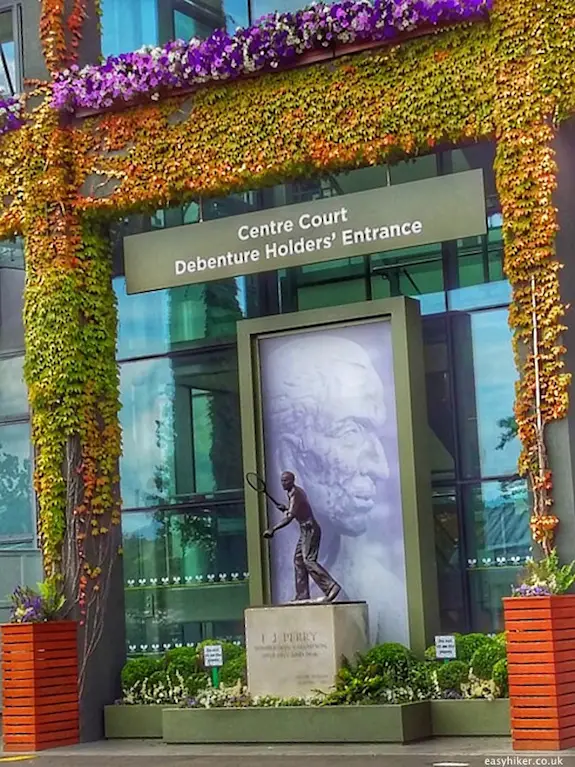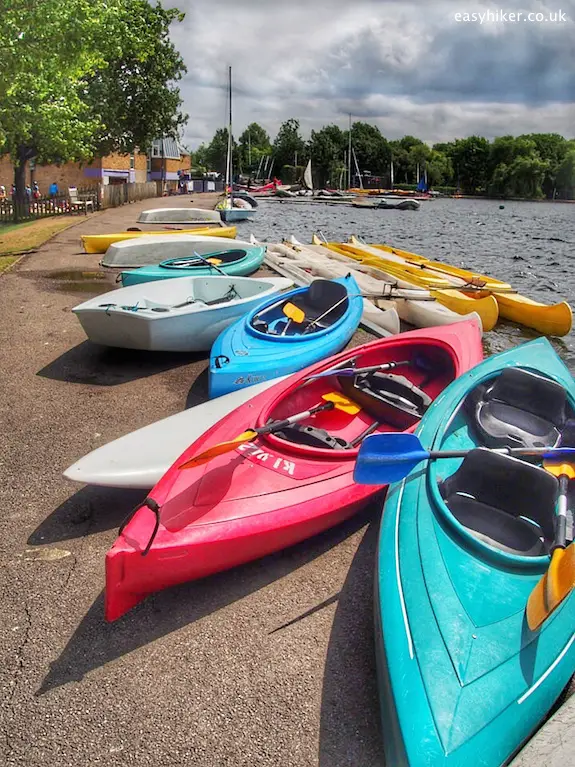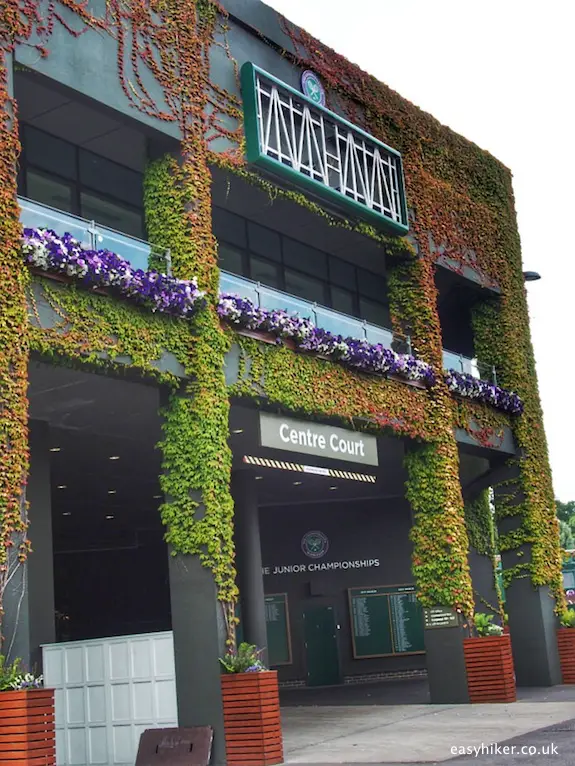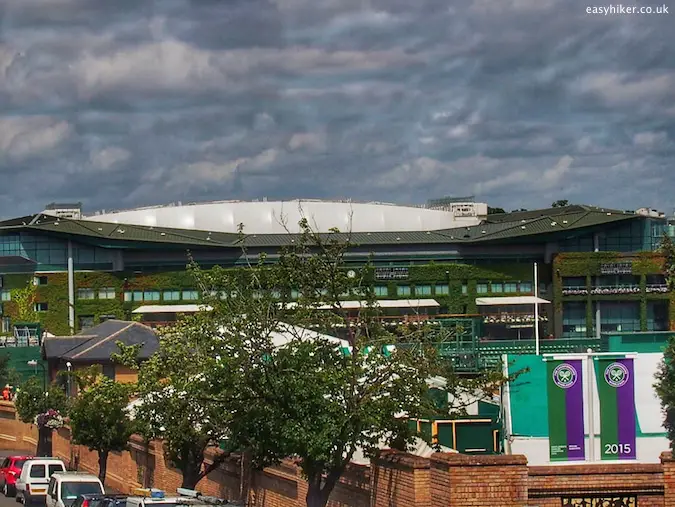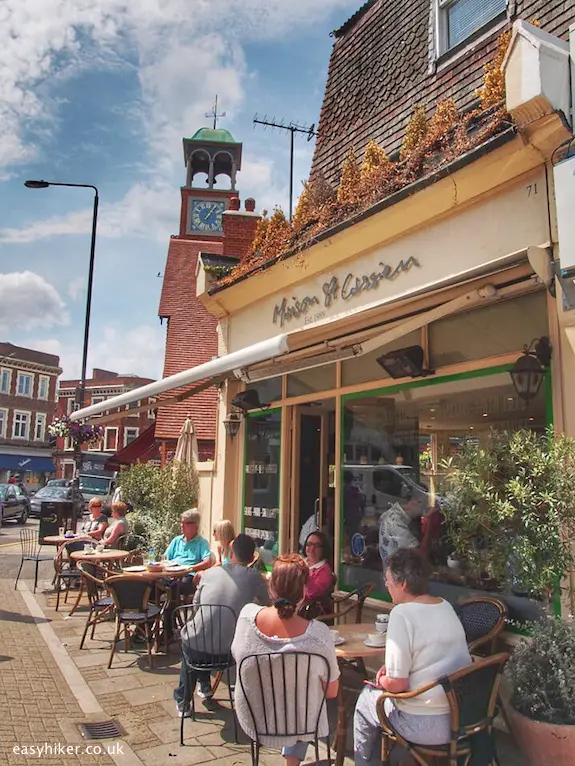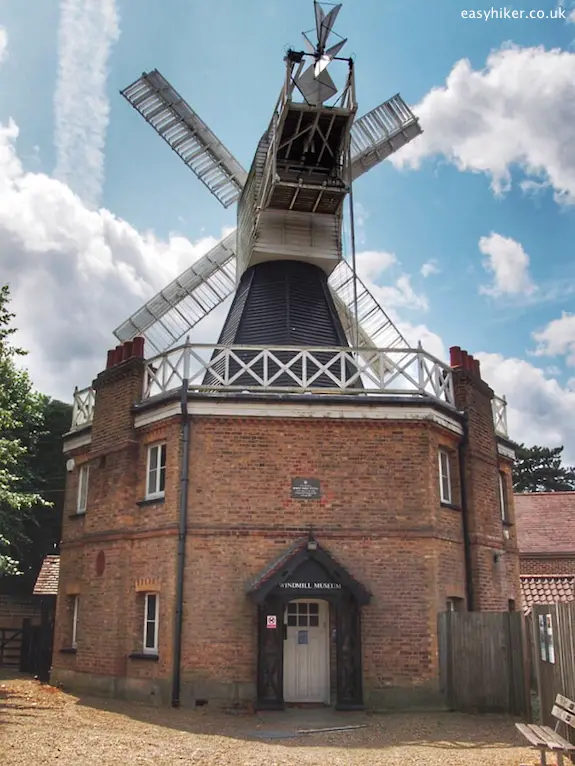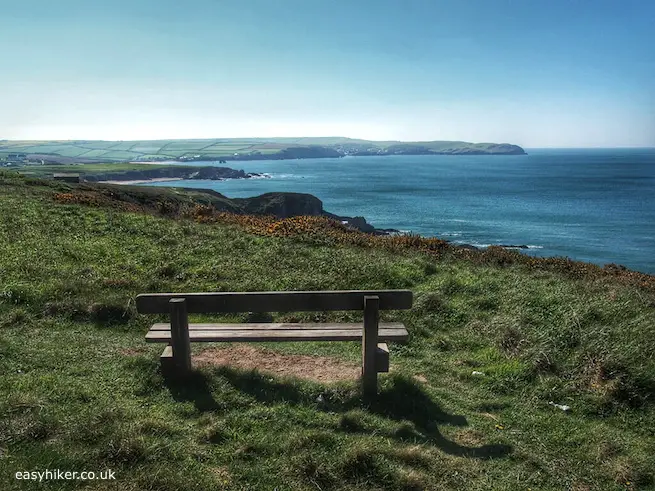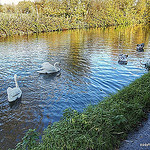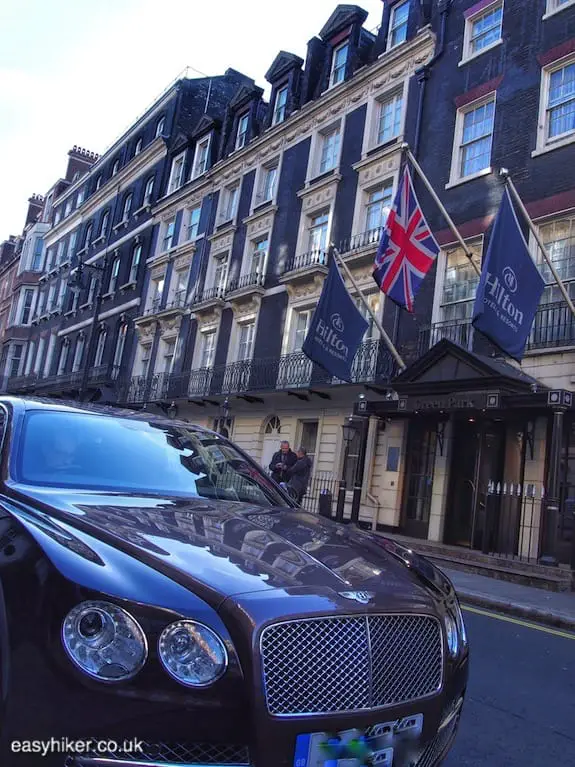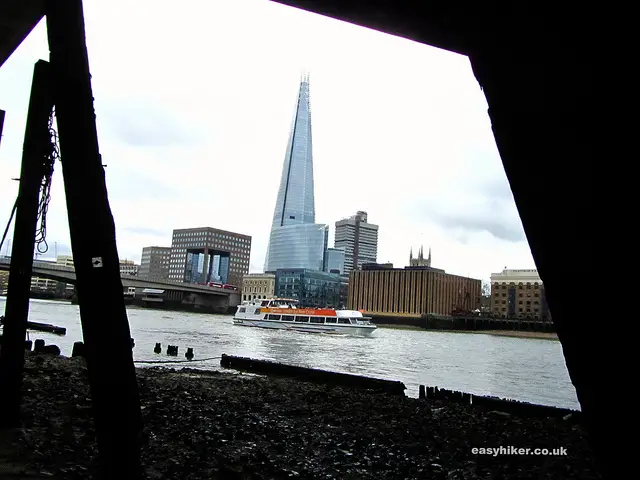Wimbledon is possibly the most famous of all London suburbs, and if you now ask “famous for what?”, I hereby grant you permission to leave and read something else, because much in this article will be of no interest to you whatsoever.
Having said that, Wimbledon is not all about lawn tennis: it features two rather splendid parks, one near-wild and the other with a landscaping tradition that goes back all the way to Capability Brown, plus one of the prettiest town centres in the whole of suburban London.
There is no question, however, what gets to enjoy the starring role in the borough.
A Walk Through Wimbledon
Our walk begins at the underground station Wimbledon Park. Enter the park through the main entrance, past the tennis courts – …
… no, no, no, not those tennis courts – in the direction of the boating lake.
Until the mid 19th century, the land was owned by the Spencers, the family of the late Diana Princess of Wales, who had a house on the estate and whose idea it was to have the park landscaped by Capability Brown. (A few of Brown’s original features still survive, and a small corner of the park, on the southern bank of the lake, has been dedicated to his memory.)
In 1846, the Spencers sold the land to a developer, and everything that you see around you today was built after that: the houses that line the park, and also the facilities of the All England Lawn Tennis and Croquet Club, to give it its full name, which you can already see looming large across the boating lake.
The closer you approach the complex, the more you will realise how huge it is. Everybody who has ever watched a slice of the action on TV knows, of course, that the facility features more than a single competition court (there are 19, in fact), but it is one thing to hear somebody mention that in passing on TV and quite another to actually see the sprawl of tennis courts and spectator terraces for yourself.
The complex – and remember that Centre Court alone packs 15,000 spectators (Court no. 1 another 11,500): quite a few lower league football clubs in England have smaller grounds – looks magnificent, and the thought that it is being kept in this splendour for, essentially, a mere fortnight of action every year is extraordinary.
We went in the long off-season and watched dozens of people who kept themselves busy: security men guarding the fences, service personnel attending empty parking lots, a large sales force manning the souvenir shop etc. If you really think about it, this is quite mad.
Every age has its own obsessions, and sports is quite definitely ours. Next time we laugh at medieval kings and their collections of nails from the true cross, we should pause for a second and admit that we can be just as irrational.
Having said that, you should under all circumstances visit the souvenir shop – if only because there is a small plot, through the back door on the far side, from where you get the best off-season views of the Centre Court building. (Other than that, you can only enter the grounds as part of a guided tour.)
Also turn around one last time from the top of the hill, just when you are about to leave the Lawn Tennis Club behind: this is the best place to get an all-in-one-view of the entire facility.
Continue up Church Road and turn right on Wimbledon High Street. You are now in the so-called Village, the poshest part of town.
On the whole, Wimbledon is not proper posh, unlike some of its neighbours (Richmond), although it has attracted some well-known people over the years: Ronnie Wood from the Rolling Stones lived here for many years, as did the actor Leslie Grantham, the arch-villain in Britain’s long-running soap EastEnders, the famously louche art historian Brian Sewell, the hell-raising actor Oliver Reed, and the rakish race driver James Hunt, the most cavalier of all Formula One champions.
Actually, this bunch of names sums Wimbledon up rather nicely (both in its aspirations and limitations): these are well-to-do people, some even attended the right kind of school, but they are altogether a little too colourful to be proper posh. Or real “smart” as the posh folks themselves would say.
Have a look around the Village, and then enter Wimbledon Common through Causeway road. The Common is surprisingly wild and varied, featuring jungle-like underwood sections …
… as well as the largest expanse of heathland in London.
The Common’s most prominent feature is the windmill …
… where Baden Powell wrote parts of his famous book, the unfortunately titled Scouting for Boys. (Oh, innocent times!) Attached to the windmill, there is also an excellent cafeteria with a large outside terrace which we warmly recommend.
Just stroll around at your heart’s content: it’s easy to get lost in the Common, but no matter where you finally make your way out, you will find a busy road near-by with frequent London buses ready to take you to town or at least to the nearest underground station.
And if everything else fails, you can always try to hitch a ride.

